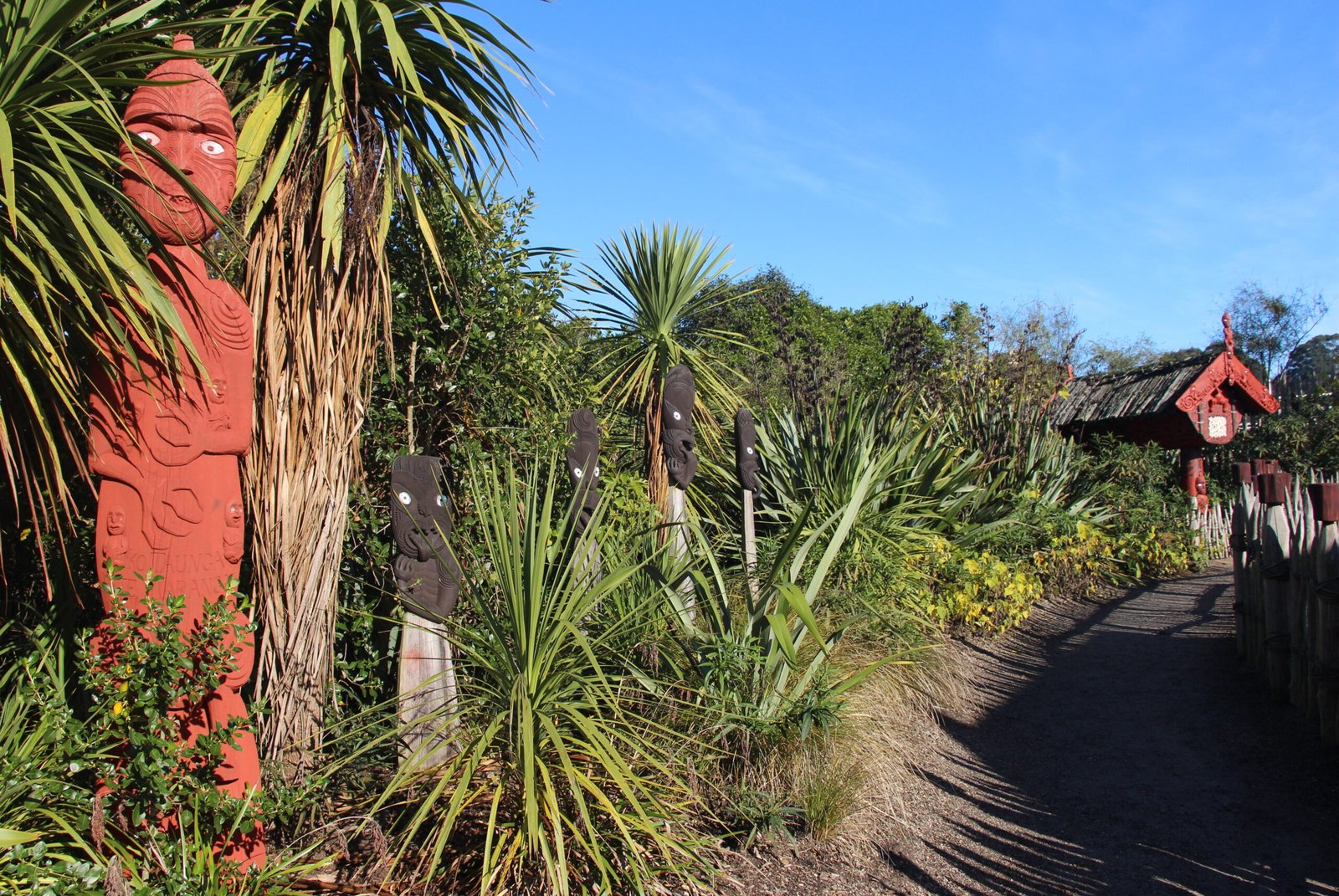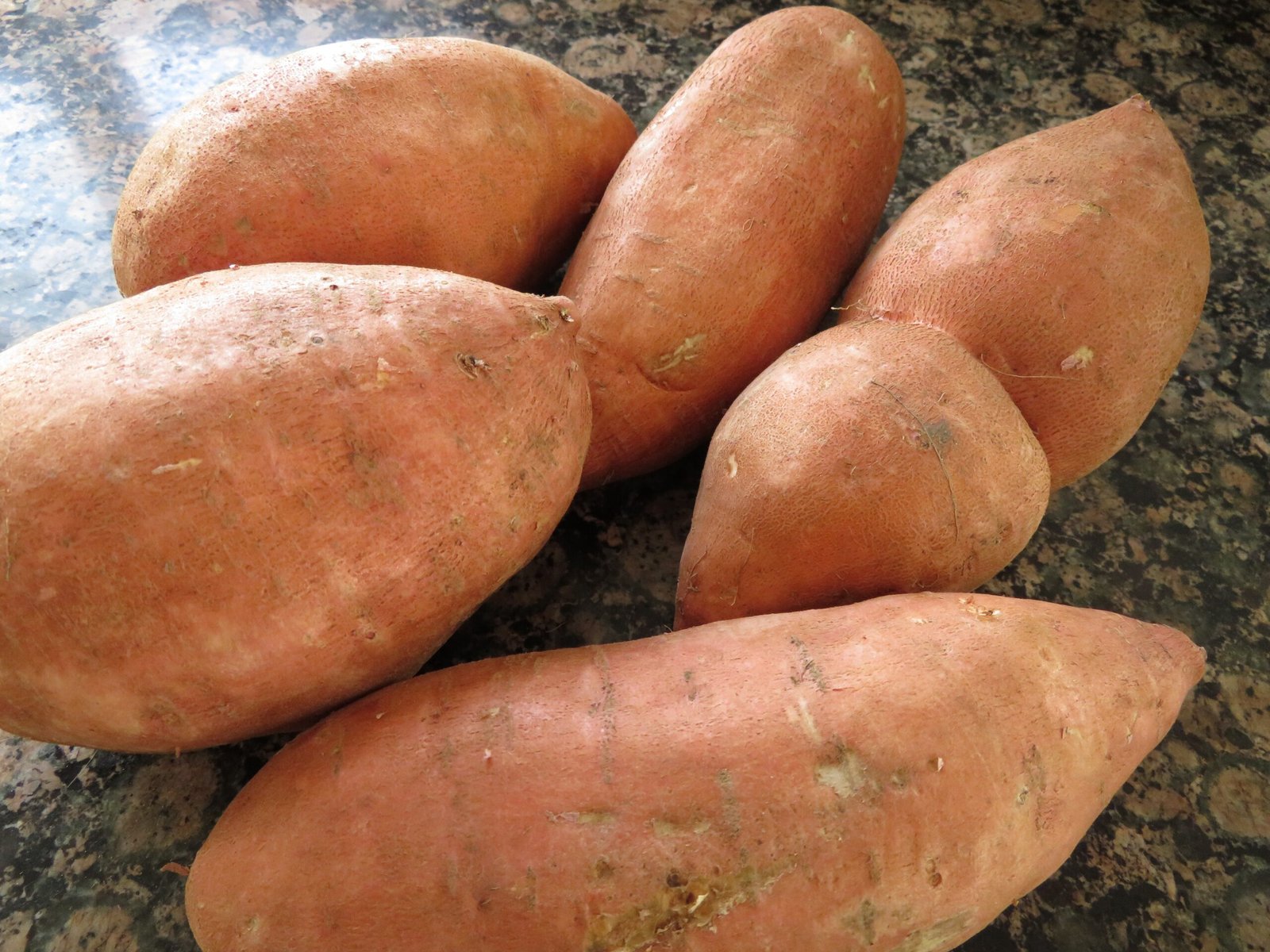If you could taste history in a single bite, what would it be like? For many in Aotearoa New Zealand, the answer is kūmara—a humble yet profound root that has long connected people to land, culture, and ancestry. Now, a striking revival is underway. Māra kai, or Māori food gardens, are flourishing once more, bringing with them not only delicious crops but also a powerful reconnection to indigenous knowledge, science, and spirit. The return of the kūmara is more than a culinary comeback; it’s a living story of resilience, innovation, and hope for the future.
The Roots of Māra Kai: Ancient Wisdom and Tradition

Māra kai have always been more than just gardens—they are living libraries of Māori knowledge. For centuries, Māori communities cultivated rich gardens filled with native and introduced plants, using techniques passed down through generations. These gardens were carefully planned and nurtured, taking full advantage of the local climate and soils. Māra kai were about sustenance, but also about whakapapa (genealogy), community, and spiritual health. Each planting season was marked by rituals and celebrations, reflecting the deep respect Māori hold for the earth. Today, as these traditions are revived, communities are rekindling their connection to the land and their ancestors.
Kūmara: The Tuber That Traveled Across Oceans

The kūmara—known elsewhere as sweet potato—has an epic migration story. Carried by Polynesian navigators across thousands of kilometers of open ocean, it arrived in Aotearoa around the 13th century. Its survival in this new, temperate climate was nothing short of a marvel. Māori developed ingenious methods to protect and cultivate kūmara, such as creating raised beds and using volcanic stones to retain warmth. Over time, kūmara became a staple crop, celebrated in songs, legends, and feasts. Its return to prominence today is a testament to the enduring power of indigenous innovation and adaptability.
The Science Behind the Revival
Modern science is playing a pivotal role in the māra kai revival. Researchers are working alongside Māori knowledge holders to study traditional gardening methods, soil health, and climate adaptation. For example, studies have shown that the volcanic soils of the central North Island are especially well-suited for kūmara, retaining heat and nutrients. Scientists are also investigating the genetic diversity of kūmara, uncovering varieties that had nearly vanished. This partnership between indigenous knowledge and modern science is yielding robust, resilient crops and healthier soils, while also honoring the wisdom of the past.
Community Gardens: Seeds of Social Change
Across the country, community-led māra kai are springing up in urban and rural areas alike. These gardens are more than just places to grow food; they are spaces of learning, healing, and empowerment. Young people are taught not only to plant and harvest, but to understand the cycles of nature and the responsibilities of stewardship. Elders share stories and techniques, bridging generational divides. The act of working together in the soil fosters a sense of belonging and purpose. In an age of digital distraction and fast food, these gardens offer a slow, tangible, and deeply rewarding connection to life itself.
Food Sovereignty and Resilience
The māra kai movement is also about food sovereignty—giving communities the power to control their own food systems. This is especially urgent in the face of climate change, economic hardship, and the erosion of traditional diets. By growing kūmara and other heritage foods, Māori are reclaiming their right to healthy, culturally meaningful nourishment. This autonomy helps protect against food insecurity and reduces reliance on imported, processed foods. In times of crisis, such as natural disasters or pandemics, local gardens provide a resilient source of sustenance and hope.
Kūmara in Modern Cuisine: Tradition Meets Innovation
Today’s chefs and home cooks are rediscovering kūmara in exciting new ways. Traditional dishes like kūmara bread and hangi (earth oven) are joined by kūmara fries, salads, and even desserts. This fusion of old and new reflects the adaptability of Māori cuisine and its ability to inspire creativity. Restaurants across New Zealand proudly showcase kūmara on their menus, often with stories about its heritage. For many diners, eating kūmara is both a sensory delight and a way to connect with the land’s history. The humble root is making its way from the marae (meeting ground) to the mainstream, one delicious bite at a time.
Environmental Benefits of Traditional Gardening
Māra kai are not just about feeding people—they’re about nurturing the earth. Traditional Māori gardening practices emphasize biodiversity, soil regeneration, and water conservation. Companion planting, mulching, and organic methods help maintain healthy ecosystems and reduce the need for chemical inputs. The revival of these gardens is contributing to the restoration of native habitats and the protection of precious resources. In a world facing environmental crisis, the lessons from māra kai offer a blueprint for more sustainable, harmonious ways of living with nature.
The Cultural Significance of Kūmara
For Māori, kūmara is far more than just a crop—it is a symbol of identity and continuity. Its journey from Polynesia to Aotearoa is woven into legends and proverbs, such as “He kai kei aku ringa” (There is food at the end of my hands), reflecting self-reliance and ingenuity. Kūmara features in ceremonies, celebrations, and everyday meals, anchoring people to their heritage. The act of planting, tending, and sharing kūmara strengthens the bonds of whānau (family) and hapū (sub-tribe). Its revival is an act of cultural affirmation, signaling pride and resilience in the face of historical challenges.
Challenges and Opportunities Ahead
Despite the inspiring resurgence, the māra kai movement faces real challenges. Urbanization, loss of land, and shifting lifestyles threaten the continuity of traditional practices. Climate change brings unpredictable weather, new pests, and disease risks. Yet these obstacles also offer opportunities for innovation. Communities are experimenting with rooftop gardens, hydroponics, and climate-resilient crops. Educators and activists are advocating for the inclusion of māra kai in schools and public spaces. The journey is not easy, but the momentum is unmistakable.
Passing the Torch: Education and the Next Generation
The future of māra kai depends on the passion and curiosity of young people. Across classrooms and marae, elders and teachers are weaving gardening into education, blending science, culture, and hands-on experience. Children learn not just to grow food, but to care for the land and understand the interconnectedness of all living things. Field trips to community gardens, storytelling sessions, and art projects bring the world of māra kai alive. By nurturing both knowledge and wonder, these efforts ensure that the revival of kūmara is not a passing trend, but a lasting legacy.
A Living Legacy in Every Harvest
The return of māra kai and kūmara is a living testament to the power of memory, innovation, and community. Every harvest is a celebration of survival, adaptation, and hope. The gardens remind us that our roots—quite literally—run deep, anchoring us to people and place. In a fast-changing world, the revival of Māori food gardens offers both nourishment and inspiration. What stories might you plant, and what roots will you help grow?


